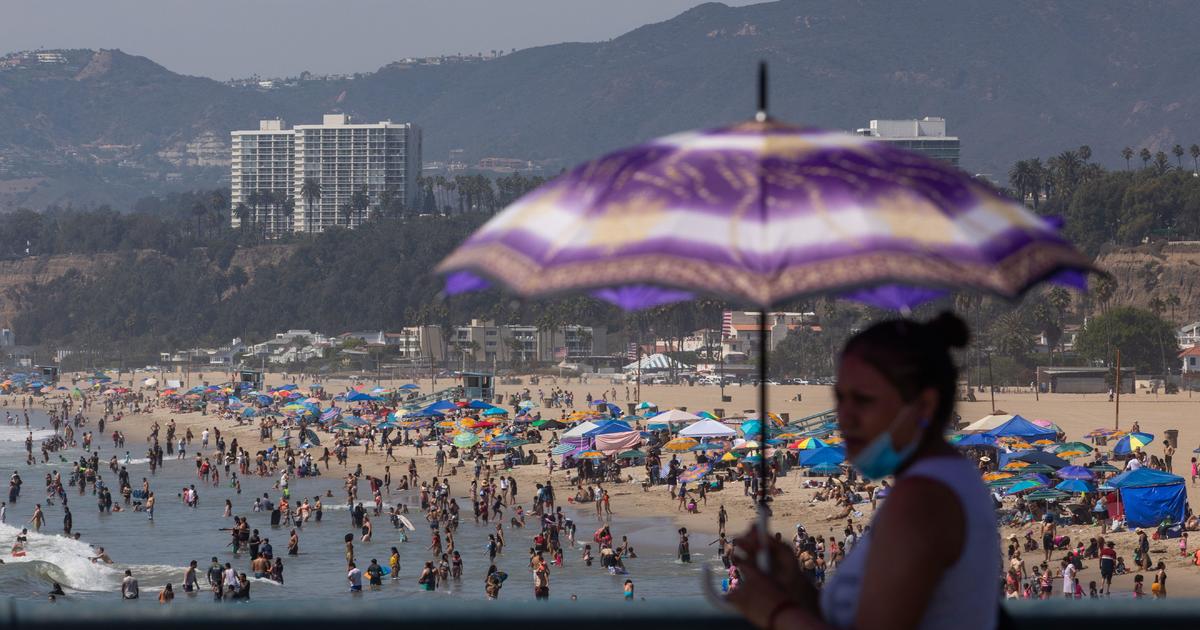The Northern Hemisphere had its hottest summer on record in 2020, the National Oceanic and Atmospheric Administration said Monday. Scientists from NOAA also said that 2020 is likely to be one of the five warmest years on record, and that last month was the second-warmest August on record.
Data showed the three-month season from June to August broke the record previously held by 2019 and 2016, which were tied for hottest in the Northern Hemisphere. Globally, NOAA said that the land and ocean temperature for June to August 2020 was the third highest in their 141-year history of record keeping.
NOAA said the 10 warmest Augusts have all occurred since 1998 and the five warmest Augusts have occurred since 2015. North America had its warmest August on record, with a temperature departure from average of +2.74 degrees Fahrenheit, according to NOAA. The Southern Hemisphere’s land and ocean temperatures also saw an increase from its August average, making it the sixth highest on record.
NOAA data showed the most notable temperature departures from average during August 2020 were present across parts of the western contiguous U.S., north-central Russia, southeastern China, Western Australia, the North Pacific Ocean, the Bering Sea and parts of the eastern Antarctic, where temperatures were at least 2.7 degrees above average.
NOAA
This summer saw a sweltering heat wave hit the West. Death Valley reached the highest temperature ever reliably measured on Earth: 130 degrees Fahrenheit. It wasn’t long after that when Woodland Hills in southern California set a record temperature of 121 degrees in early September, the “highest official temperature ever recorded in L.A. County,” according to the National Weather Service. The previous record was 119, which was set in 2006.
August was a particularly brutal month, CBS News meteorologist and climate specialist Jeff Berardelli previously reported. The ratio of record high temperatures to record low temperatures was 12 to 1.
Although heat waves are caused by a combination of natural cycles amplified by global warming, Berardelli said, a recent study from Columbia University found that the human component is in the process of overtaking natural forces. The study shows that during this decade, the 2020s, human-caused climate change will become the “main driver” of heat waves in the western U.S. — the first region of the country for this to happen.
